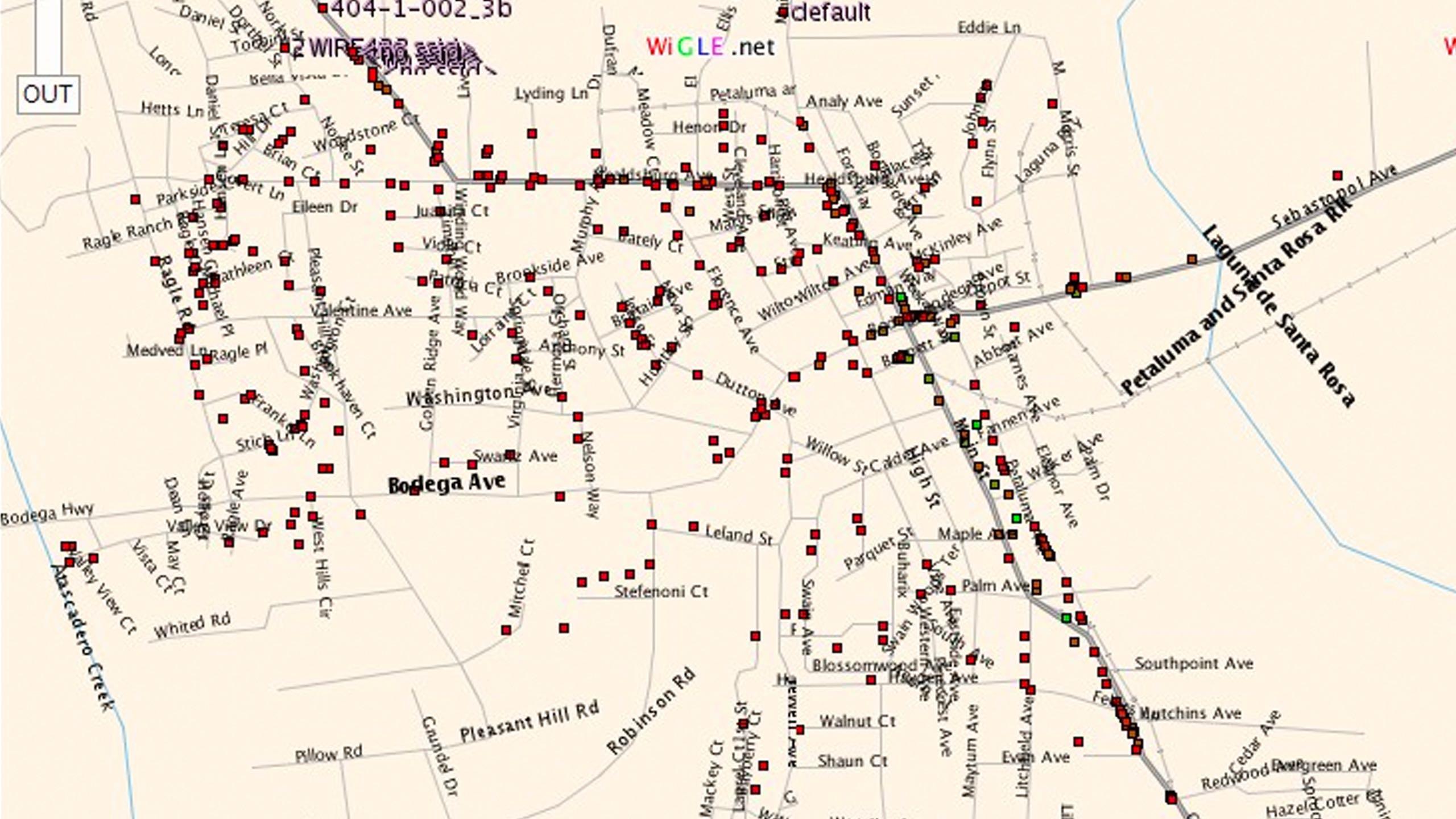
Sebastopol Voids WiFi Contract
Written by Dane Jasper
March 23, 2008 | 3 min read
Our low power mesh WiFi project has been slowly growing in coverage, and we are now serving between 250 and 300 users per day with free broadband access. Service is available in parts of Santa Rosa, Petaluma, Airport Express buses to SFO, plus scattered locations around the bay area.
But in Sebastopol, concerned citizens have been lobbying the city council to revoke our contract, and this week, the council reversed themselves, voiding the contract that we signed in November. Here’s an article on the topic from Sebastopol resident Dale Dougherty. See also news at BroadBandReports.
The concern the folks who are opposed have is that WiFi will harm them. Despite many independent university and government health studies of even higher power equipment (cellular base station towers, etc) which show no harmful effect. For more on this topic, see Wikipedia. There is also a great overview at the World Health Organization’s Electromagnetic Hypersensitivity fact sheet.
The studies show that self-identified electrosensitive individuals DO exhibit real symptoms, including headache, skin rashes and anxiety. But, double blind studies show that the symptoms are unrelated to exposure to the radio signals. In other words, electrosensitive individuals placed in a shielded room and not exposed to radio signals do exhibit symptoms. They exhibit more symptoms if they believe the transmitter is turned on, and their manifestation of symptoms is not apparently related to the on/off status of the radio equipment.
The conclusion of study after study is that the symptoms are psychosomatic, and are likely a result of fear and stress. In the case of Wi-Fi and other radio signals, this suggests that what we have to fear from Wi-Fi is simply fear of Wi-Fi.
If you’ve got concerns at this point, please let me put things into perspective. Wi-Fi signals are typically 0.1 watt. Compare this to the mobile phone that you keep in your pocket, which is typically three to ten times this power level. When it’s at it’s highest power level, you hold it next to your head to conduct a conversation. Ever notice that your skin gets warm after a long call? That’s the only side effect of RF energy – warming. (Correction: While RF does cause minor heating, more than one individual has pointed out that most of the heat that you’d feel from the phone is due to the battery discharging, not from the tiny amount of RF. Sorry! -DJ) That is how microwave ovens work, at a muchhigher power level of 500-700 watts.
Our mesh network uses repeaters which are very low power, the same as a typical laptop or Linksys or Apple Airport access point. The transmitters are generally located 35 feet up on street light poles.
Finally, WiFi is already widely deployed in Sebastopol today by residents and businesses there. The linked image below is a screencap from WiGLE.net, a WiFi mapping service. It shows all WiFi access points detected by volunteers who have submitted them – not Sonic’s network (we only have one access point in Sebastopol currently), just everything else (over 250 existing access points).
To give a rather extreme example to illustrate the point, our WiFi plans called for a WiFi repeater on the street light at the corner of 12 and Main St. Today, there are already roughly 25 private access points within a one block radius of that spot.
If there was a public network, would less people spend their own money to buy and set up private access points, resulting in less Wi-Fi transmitters? If you fear Wi-Fi, a single public network might be “better” than hundreds of independent networks!
Wi-Fi is not a money maker for Sonic.net at this point, but I do believe it is a worthwhile project. Without continued development and experimentation in wireless technologies, many people will be left with just two broadband choices – AT&T, or Comcast. I don’t believe that duopoly will serve consumers well. Mesh wireless is an exciting alternative that can enable low cost Internet access for everyone.
